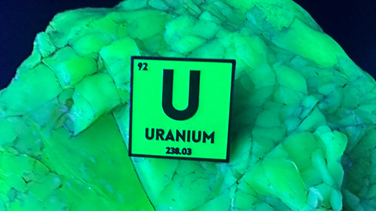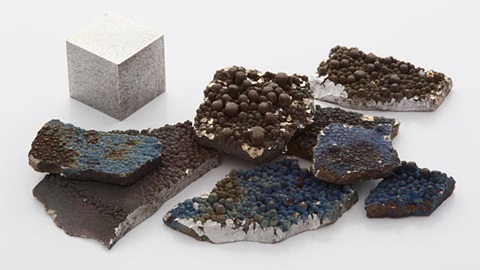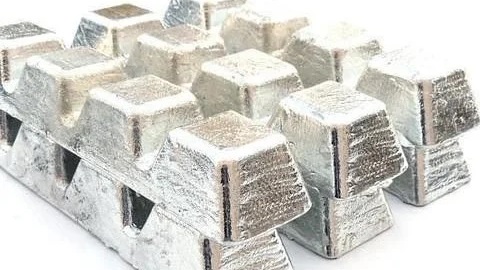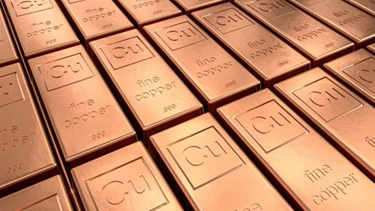The Golden Horizon: Demand, Supply, and Future Price Trends
By Gaia Research Team.
The Gaia Research Team specializes in sustainable mining investments, focusing on responsible resource extraction. Committed to transparency and innovation, the Team aims to transform the mining sector into a more sustainable industry that benefits both the economy and the planet while addressing the huge supply and demand gap for critical minerals.
As the global economy navigates through uncertainty and fluctuating financial markets, gold remains a pivotal asset for investors, central banks, and industries alike. The ongoing hype around gold has sparked renewed interest in understanding the dynamics of its demand and supply, identifying key buyers, and predicting where its price may head in the future.
Gold Supply: Where Does Gold Come From?
Gold production
Gold production is a cornerstone of the global supply, China was the largest producer in the world in 2023 and accounted for around 10% of total global...
The rest of this article is reserved for signed-in users.
Sign in or create your free account to read the full article.
Comments (0)
Sign in or create a free account to leave a comment.



